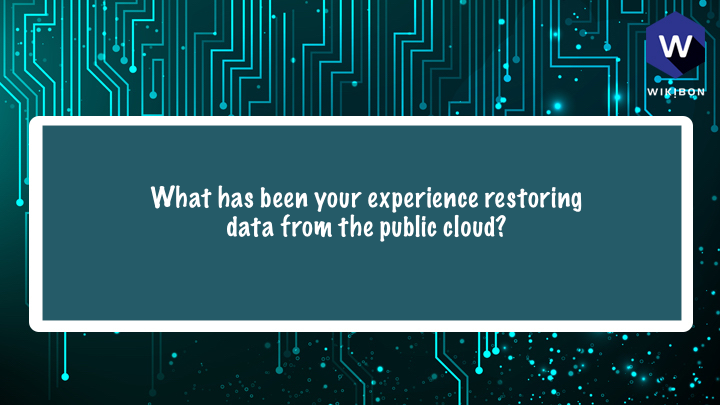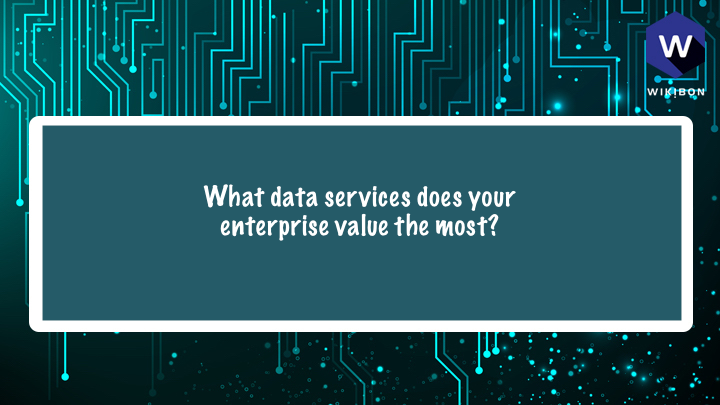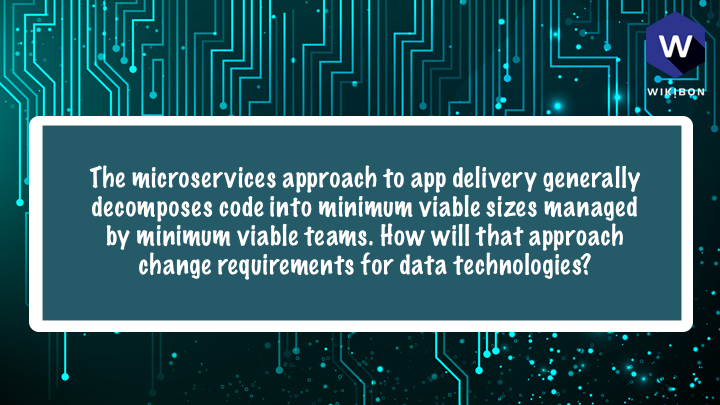What has been your experience restoring data from the public cloud? https://www.crowdchat.net/s/45qso

Kunal Kapoor
Its sloooooow and very expensive (especially if restoring the data back on-prem)!

Josh Fidel
agreed. Glacier is glacial.

vaughn stewart
unfortunately restoring data with in the public cloud is slow and if it has to be restored on-prem can also be costly (due to egress charges). Technologies like StorReduce from @PureStorage can help reduce the time and costs associated with both restore types.

Kunal Kapoor
@vStewed So can Cloud Snap!!

















